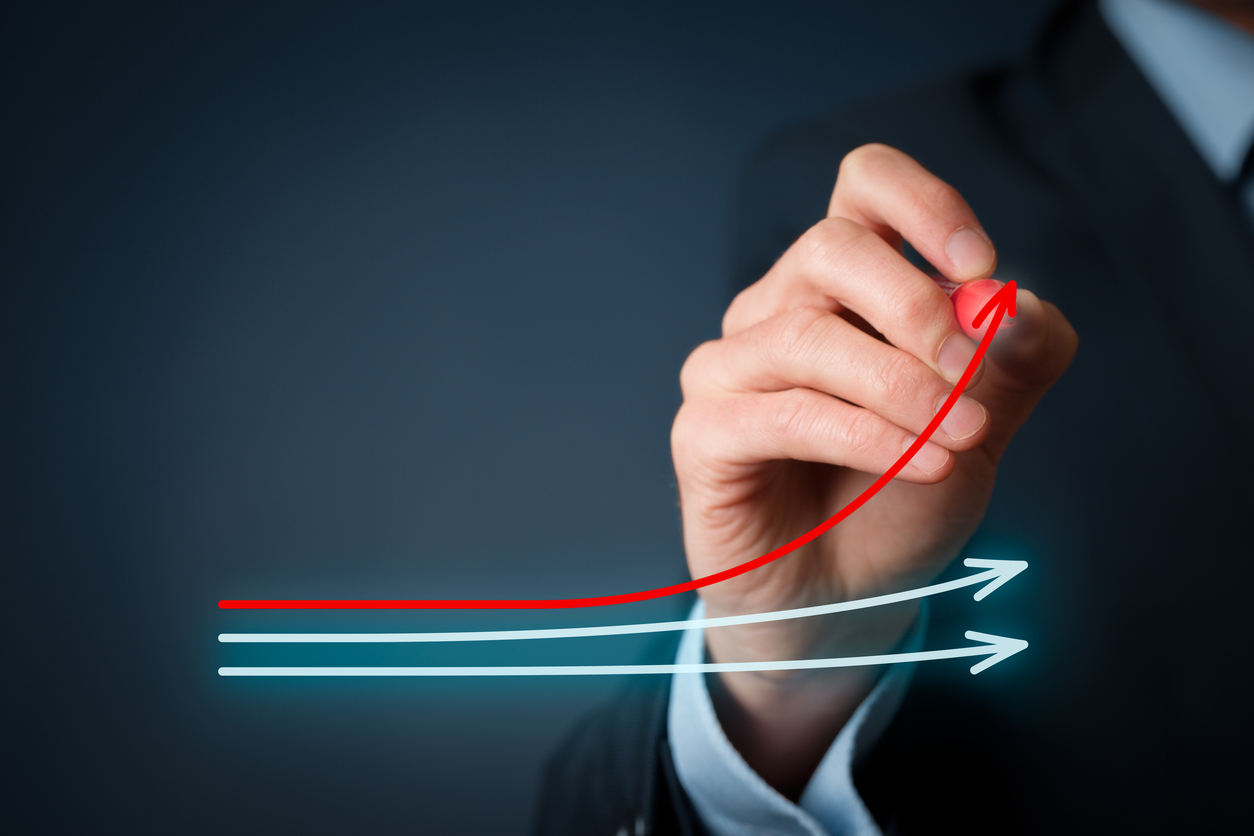According to a report from Verisk, a leading global data analytics provider, and the American Property Casualty Insurance Association, private property/casualty insurers in the United States posted strong net income growth in the first half of 2021 as the country continued to recover from the economic disruption caused by the COVID-19 pandemic.
As the economy in the United States recovers from the pandemic, insurers’ net income increased to $37.5 billion in the first half of the year, up from $24.3 billion in the first half of 2020. The annualized rate of return on average policyholder surplus, a key measure of overall profitability, increased to 7.9 percent in the first half of 2021, up from 5.8 percent in the same period in 2020. The combined ratio, a measure of underwriting profitability, improved to 96.7 percent for the industry as well.
In the first half of this year, insurers wrote $24.4 billion more in premiums ($348.4 billion) than in the same period in 2020 ($324 billion), reflecting an increase in overall economic activity. Premiums earned increased by 5.3 percent to $329.1 billion in the first half of 2021. According to Verisk’s ISO MarketWatch® solution, renewal pricing for standard commercial lines – general liability, commercial auto, and commercial property – increased 6.7 percent in the first half of 2021, compared to 7 percent in 2020 and 5.1 percent in 2019.
As commuters returned to the roads, businesses resumed operations, and material and labor costs rose, increased economic activity may have resulted in an increase in insurance claims. In the first half of 2021, incurred losses and loss adjustment expenses (LLAE) increased 6.9 percent to $229 billion, significantly higher than the 0.8 percent increase in the first half of 2020. Catastrophe LLAE accounted for $28.9 billion of total LLAE (up from $24.7 billion in the first half of 2020), while non-catastrophe LLAE increased by 5.6 percent to $200.1 billion.
“Net written premiums increased 7.5% in the first half of 2021 (10.3% in Q2) as insurers experienced similar increases in losses and loss adjustment expenses (LLAE) from ongoing record wildfires, floods and freezes, a spike in ransomware attacks, worsening inflation, and spiraling litigation costs,” said Robert Gordon, APCIA senior vice president, policy, research and international. “While insurers benefited from a positive swing in net realized capital gains, the industry faces ongoing headwinds from climate change, significant deterioration in auto claims severity, growing cyber liability exposure, and emerging losses from the impacts of long-haul COVID. As the pandemic appears to unwind, the industry has been bolstering its balance sheet to protect consumers against increasing natural and man-made catastrophic exposures.”
The COVID-19 pandemic resulted in auto insurance policyholder rebates and $4.4 billion in policyholder dividends in 2020. Though still slightly higher than the historical average, the $1.6 billion in dividends paid through the first half of 2021 were closer to pre-pandemic levels.
The income of insurers was also boosted by $9.2 billion in realized capital gains, a $10.6 billion increase over the losses realized in the first half of 2020.
“We clearly see the pandemic’s imprint on industry performance through the first half of 2021,” said Neil Spector, president of ISO at Verisk. “Economic activity, which had been stifled for much of the first half of 2020, has resurfaced, bringing with it its own set of challenges. Rising material costs, as well as acute labor and supply chain shortages in many industries, create a compelling need for accurate, continuously updated underwriting data to assist insurers in managing a dynamic risk environment.”
Growth in the second quarter propels performance in the first half.
Insurers earned $17.5 billion in net income in the second quarter of 2021, up from $6.4 billion in the previous quarter. The increase in income was also reflected in the annualized rate of return on average surplus, which increased to 7.3 percent from 3.2 percent the previous year. While the rate of return improved, it did not reach the 7.6 percent achieved in the second quarter of 2019 or the 9 percent achieved in the second quarter of 2018. The industry’s combined ratio also improved during the quarter, falling from 100.2 percent in the second quarter of 2020 to 97.2 percent.














